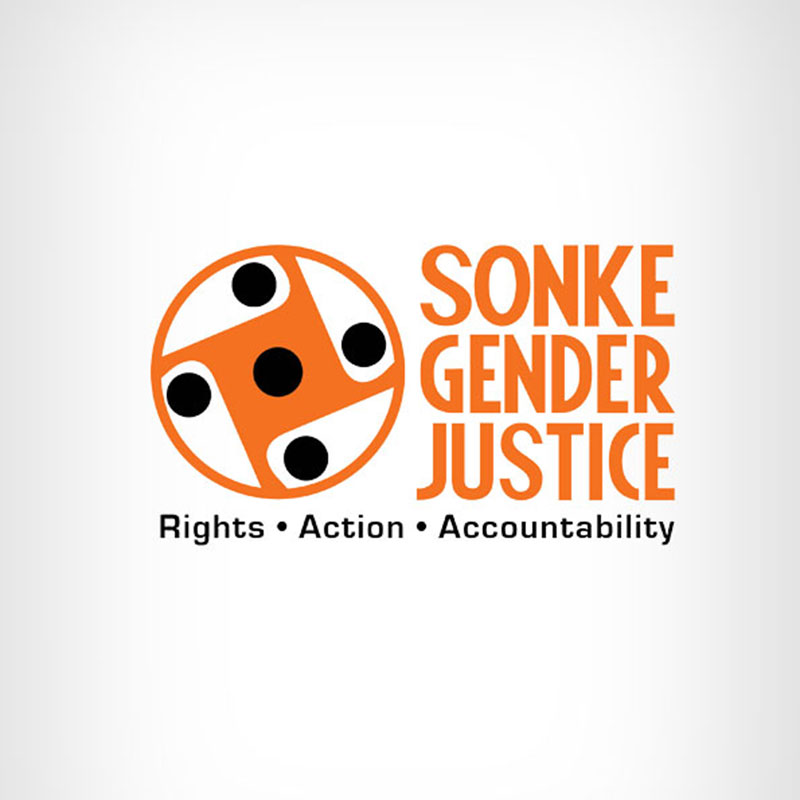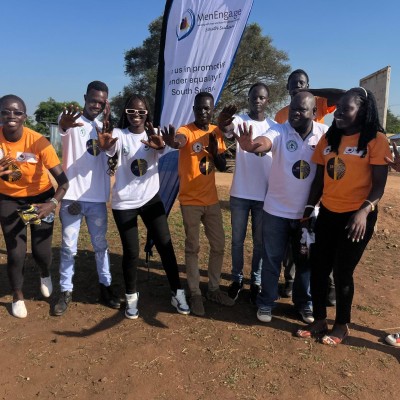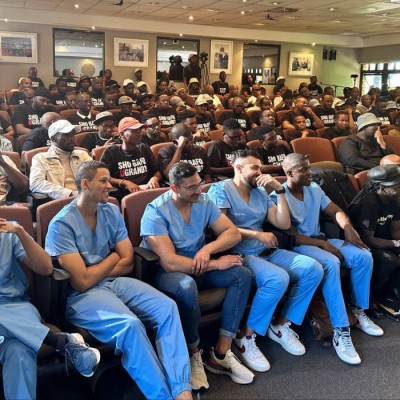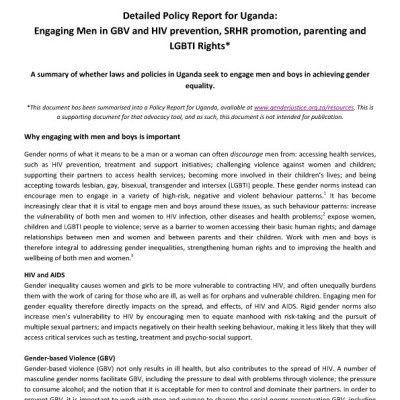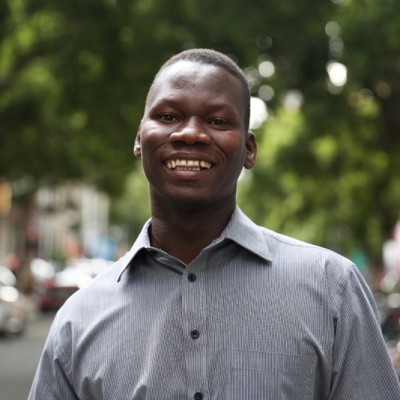The Sonke Gender Justice study on involving men and boys in preventing and responding to gender-based violence in conflict, post-conflict and humanitarian settings came to an end in December 2011. The study, which was funded by UNFPA, involved scanning the African continent to compile relevant actors and programmes which indicated good and promising practice and a regional survey for UNFPA country offices which provided more in depth knowledge about success factors and key resources for involving men and boys. The study was finalised with a case-study of key UNFPA-supported programmes in Uganda.
The study provided evidence of good practice in existing programmes, which is encouraging; especially since involving men and boys in GBV prevention and response is a relatively new field. The results included collected methods and resources on involving men and boys in GBV prevention and response, how to more effectively address underlying causes to GBV, how to avoid a backlash for men and women who challenge gender norms and how to increase ownership of programmes. Interesting findings and conclusions involve the following:
- Men and boys are still sometimes included in a reactive manner – when programmes targeting women and involving women’s empowerment for example result in men feeling excluded and when there is an increase in GBV. The study shows that it is essential to address men’s potential feeling of disempowerment in order to avoid a backlash towards women.
- It appears that concurrent strategies for involving women, men, girls and boys are necessary – where the focus for men and boys is to deconstruct masculinities and the focus for women and girls empowerment.
- Perpetrators and LGBTI (lesbian, gay, bisexual, transsexual and intersex) persons are often neglected in GBV prevention and response programmes even when they represent key target groups. LGBTI forms a population group which is often severely affected by GBV (for example regarding hate crimes/violence targeting LGBTI persons and corrective rape).
- There isn’t necessarily a linear relationship between changing attitudes and norms on the one hand and changing behaviour on the other. Programs in the study often appeared to aim for changing norms and attitudes through awareness raising, which in turn was expected to change behaviour. It is however essential to closely follow up on norms and attitudes and to make sure that both attitudes and behaviours are part of the programming. It appears that the material from the Uganda case-study indicate that men had not always internalised gender transformation aspects even if some behaviours had changed.
- It is important to focus on the benefits for men and boys when involving them in GBV prevention and response programmes – and to connect these programmes with the realities of their everyday lives. Positive messages involving how positive actions and attitudes can benefit men are crucial in order for them to internalise messages and ideas and realise that they have a stake in behaviour change. “Blame language” should be avoided when possible since it easily creates defense mechanisms.
- In order to address underlying causes of GBV it is recognised that programmes/interventions need to be gender transformative and hence promote equitable relationships, challenge male gender norms and change gender relations. Many programmes are struggling with achieving gender transformation. Building on community participation for carrying out and managing GBV prevention and response programmes and to base the programme on the lived experiences of the participants is however a good starting point to achieve gender transformation and ownership. Nonetheless, the study indicates progress since some informants for example express that GBV has decreased, that men increasingly solve conflicts through dialogue, that gender norms increasingly allow men to take on traditionally female tasks, attend family planning appointments and that women’s decision making in the household has increased. It, however, appears that even if men want to change, the community context can make this very hard. It is hence essential to work on both the individual and community level to ensure a supportive community context.
Conflict, post-conflict and humanitarian settings can be seen as a window of opportunity in terms of changing gender relations since attitudes, values and cultures often are re-negotiated. It is important to analyse and monitor gender relations and power dynamics in these changing contexts in order to develop programmes which increase gender equality – or at least do no harm in terms of GBV.
Download
Download the full report: Sonke study on involving men and boys in GBV prevention (UNFPA)

